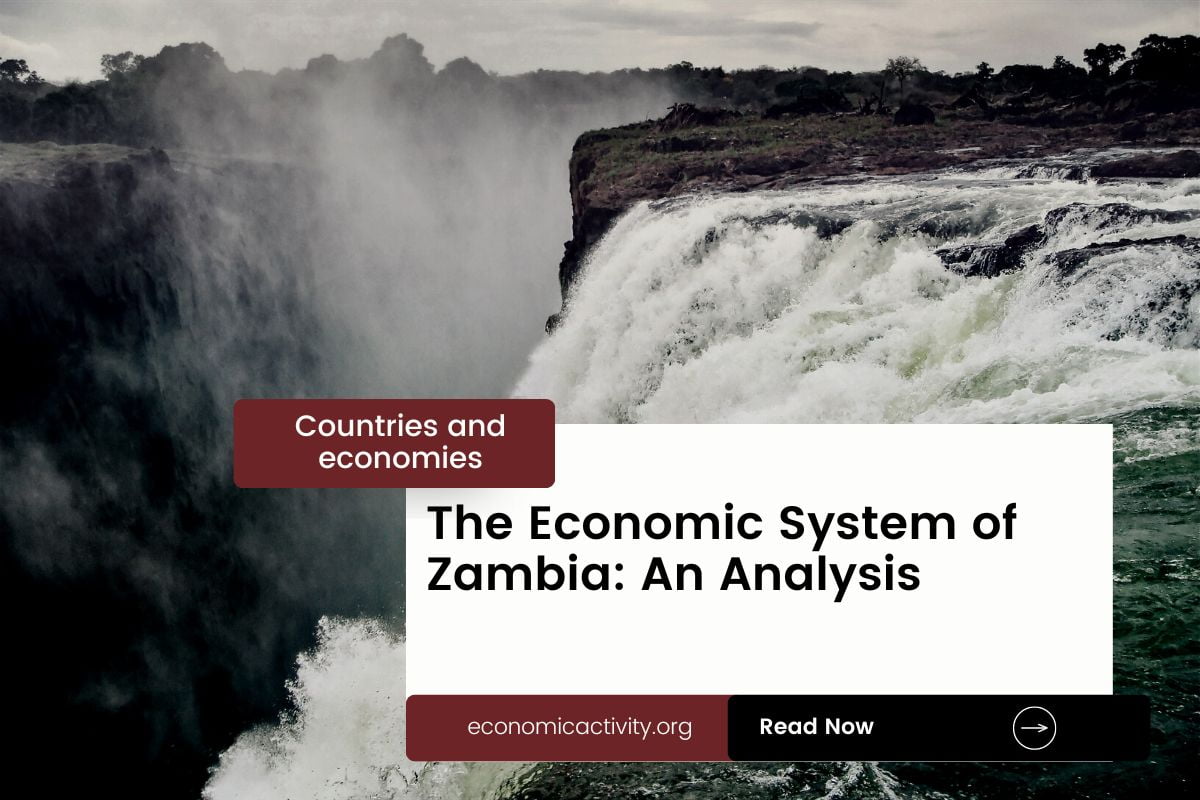What is the economic system of Zambia? The economy of Zambia is based on a mixed economy. The country’s economic system combines elements of a market economy and a planned economy.
Zambia’s economy is largely agrarian, with maize, tobacco, and sugarcane being key crops. Mining, especially copper, contributes significantly to GDP and exports. Tourism, hinged on Victoria Falls and wildlife, is growing, though infrastructural challenges persist.
In Zambia, the economy is composed of a private sector, consisting of individuals and businesses that make autonomous decisions based on self-interest, and a public sector, where the state determines the production and distribution of certain goods and services. No country is purely capitalist or purely communist.
What do the freedom indexes tell about the economic system of Zambia?
Now, to determine if a country is mostly a market economy or a planned economy, it is useful to examine some economic indexes. For instance, according to the 2022 Index of Economic Freedom, which measures the ability of every human to control his own labor and property, Zambia is ranked 154th globally and 36th in Sub-Saharan Africa indicating that the country has a repressed economy.
In a similar way, the 2022 Freedom House index evaluates the state of political rights and civil liberties globally. Generally, market economies tend to align more with democracy and freedom, while command economies tend to be characterized by greater state control and fewer democratic and civil liberty protections.
Zambia gets a score of 51/100, which qualifies it as Partly Free. Zambia is considered to have a government that does not control what people do, and people can make their own economic decisions, but it is only considered an electoral democracy, lacking full liberal democratic protections.
The Link Between Public Sector Employment and the Economic System of Zambia
An indicator of the extent to which the State is involved in the economy is the number of public sector employees. In Zambia, according to ILOSTAT, the number of public sector employees as a percentage of the total workforce is 6.7% (2019).
In the country’s mixed economy, the number of public sector employees as a percentage of the total workforce varies based on the specific policies and practices adopted by the State.
Some economic activities are left to the private sector while others are under government control. The bigger the public sector the closer is the economy to being a command economy.
What do the biggest companies in Zambia say about the country’s economic system?
The biggest company in Zambia should also be looked at, as well as whether it is a state-owned or private company. In this case, Kananshi Mining is a copper mining company that produces copper concentrate for export.
The company is owned by First Quantum Minerals Ltd., a Canadian-based mining and metals company. It shows how the biggest companies in the country are privately owned, in this case by multinationals.
The historical factors that have influenced the economic system of Zambia
The current mixed economy system of Zambia is a result of the country’s colonial history, its post-independence economic policies, and its current economic structure.
Colonial rule saw the introduction of a capitalist system, while post-independence policies focused on state-led development and the promotion of private enterprise. This has resulted in a mixed economy with a strong public sector, a large informal sector, and a growing private sector.





Leave a Reply